1 Introduction�
1.1 Historical Perspective�
Need for Fiber-Optic Communications�
Evolution of Lightwave Systems�
1.2 Basic Concepts�
Analog and Digital Signals�
Channel Multiplexing�
123. Modulat10n Formats�
1.3 Optical Communication Systems�
1.4 Lightwave System Components�
14 1 Optical Fibers as a Commumcation Channel�
Optical Transmitters�
Optical Receivers�
Problems�
References�
2 Optical Fibers�
2.1 Geometrical-Optics Description�
Step-Index Fibers�
Graded-Index Fibers�
2.2 Wave Propagation�
Maxwell's Equations�
Fiber Modes�
Single-Mode Fibers�
2.3 Dispersion in Single-Mode Fibers�
Group-Velocity Dispersion�
Material Dispersion�
Waveguide Dispersion�
Higher-Order Dispersion�
Polarization-Mode Dispersion�
2.4 Dispersion-Induced Limitations�
Basic Propagation Equation�
Chirped Gaussian Pulses�
Limitations on the Bit Rate�
Fiber Bandwidth�
2.5 Fiber Losses�
Attenuation Coefficient�
Material Absorption�
Rayleigh Scattering�
Waveguide Imperfections�
2.6 Nonlinear Optical Effects�
Stimulated Light Scattering�
Nonlinear Phase Modulation�
Four-Wave Mixing�
2.7 Fiber Design and Fabrication�
Silica Fibers�
Plastic Optical Fibers�
Cables and Connectors�
Problems�
References�
3 Optical Transmitters�
3.1 Semiconductor Laser Physics�
Spontaneous and Stimulated Emissions�
Nonradiative Recombination�
Optical Gain�
Feedback and Laser Threshold�
Longitudinal Modes�
Laser Structures�
3.2 Single-Mode Semiconductor Lasers�
Distributed Feedback Lasers�
Coupled-Cavity Semiconductor Lasers�
Tunable Semiconductor Lasers�
Vertical-Cavity Surface-Emitting Lasers�
33. Laser Characteristics�
CW Characteristics�
Modulation Bandwidth�
Relative Intensity Noise�
Spectral Linewidth�
3.4 Optical Signal Generation�
Direct Modulation�
External Modulation�
3.5 Light-Emitting Diodes�
CW Characteristics�
Modulation Response�
LED Structures�
3.6 Transmitter Design�
Source-Fiber Coupling�
Driving Circuitry�
Reliability and Packaging�
Problems�
References�
4 Optical Receivers�
4.1 Basic Concepts�
Responsivity and Quantum Efficiency�
Rise Time and Bandwidth�
4.2 Common Photodetectors�
p-n Photodiodes�
p-i-n Photodiodes�
Avalanche Photodiodes�
MSM Photodetectors�
4.3 Receiver Design�
Front End�
Linear Channel�
Dec1s1on Circmt�
Integrated Receivers�
4.4 Receiver N01se�
Noise Mechanisms�
p-i-n Receivers�
APD Receivers�
4.5 Coherent Detect10n�
Local Oscillator�
Homodyne Detection�
Heterodyne Detection�
Signal-to-Noise Ratio�
4.6 Receiver Sensitivity�
Bit-Error Rate�
Minimum Received Power�
Quantum Limit of Photodetection�
4.7 Sensitivity Degradation�
Extinction Ratio�
Intensity Noise�
Timing Jitter�
4.8 Receiver Performance�
Problems�
References�
5 Lightwave Systems�
5.1 System Architectures�
Point-to-Point Links�
Distribution Networks�
Local-Area Networks�
5.2 Design Guidelines�
Loss-Limited Lightwave Systems�
Dispersion-Limited Lightwave Systems�
Power Budget�
Rise-Time Budget�
5.3 Long-Haul Systems�
Performance-Limiting Factors�
Terrestrial Lightwave Systems�
Undersea Lightwave Systems�
5.4 Sources of Power Penalty�
Modal Noise�
Mode-Partition Noise�
Reflection Feedback and Noise�
Dispersive Pulse Broadening�
Frequency Chirping�
Eye-Closure Penalty�
5.5 Forward Error Correction�
Error-Correcting Codes�
Coding Gain�
5.6 Computer-Aided Design�
Problems�
References�
6 Multichannel Systems�
6.1 WDM Lightwave Systems�
High-Capacity Point-to-Point Links�
Wide-Area and Metro-Area Networks�
Multiple-Access WDM Networks�
6.2 WDM Components�
l Tunable Optical Filters�
Multiplexers and Demultiplexers�
Add-Drop Multiplexers and Filters�
Star Couplers�
Wavelength Routers�
WDM Transmitters and Receivers�
6.3 System Performance Issues�
Heterowavelength Linear Crosstalk�
Homowavelength Linear Crosstalk�
Nonlinear Raman Crosstalk�
Stimulated Brillouin Scattering�
Cross-Phase Modulation�
Four-Wave Mixing�
Other Design Issues�
6.4 Time-Division Multiplexing�
Channel Multiplexing�
Channel Demultiplexing ...�
System Performance�
6.5 Subcarrier Multiplexing�
Analog and Digital SCM Systems�
Multiwavelength SCM Systems�
Orthogonal Frequency-Division multiplexing�
6.6 Code-Division Multiplexing '�
Time-Domain Encoding�
Frequency-Domain Encoding�
Frequency Hoppmg�
Problems�
References�
7 Loss Management�
7.1 Compensat10n of Fiber Losses�
Periodic Amplification Scheme�
Lumped Versus Distributed Amplification�
Bidirectional Pumping Scheme�
7.2 Erbium-Doped Fiber Amplifiers�
Pumping and Gain Spectrum�
Two-Level Model�
Amplifier Noise�
Multichannel Amplification�
7.3 Raman Amplifiers�
Raman Gain and Bandwidth�
Raman-Induced Signal Gain�
Multiple-Pump Raman Amplification�
Noise Figure of Raman Amplifiers�
7.4 Optical Signal-To-Noise Ratio�
Lumped Amplification�
Distributed Amplification�
7.5 Electrical Signal-To-Noise Ratio�
ASE-Induced Current Fluctuations�
Impact of ASE on SNR�
Noise Buildup in an Amplifier Chain�
7.6 Receiver Sensitivity and Q Factor�
Bit-Error Rate�
Relation between Q Factor and Optical SNR�
7.7 Role of Dispersive and Nonlinear Effects�
Noise Growth through Modulation Instability�
Noise-Induced Signal Degradation�
Noise-Induced Energy Fluctuations�
Noise-Induced Timing Jitter�
7.8 Periodically Amplified Lightwave Systems�
Numerical Approach�
Optimum Launched Power�
Problems�
References�
8 Dispersion Management�
8.1 Dispersion Problem and Its Solution�
8.2 Dispersion-Compensating Fibers�
Conditions for Dispersion Compensation�
Dispersion Maps�
DCF Designs�
8.3 Fiber Bragg Gratings�
Constant-Period Gratings�
Chirped Fiber Gratings�
Sampled Gratings�
8.4 Dispersion-Equalizing Filters�
Gi'res-Toum01s Filters�
Mach-Zehnder Filters�
Other All-Pass Filters�
8.5 Optical Phase Conjugation�
Principle of Operation�
Compensation of Self-Phase Modulation�
Generation of Phase-Conjugated Signal�
8.6 Channels at High Bit Rates�
Tunable Dispersion Compensation�
Higher-Order Dispersion Management�
PMD Compensat1on�
8.7 Electronic Dispersion Compensation�
Basic Idea behind GVD Precompensation�
Precompensation at the Transmitter�
Dispersion Compensation at the Receiver�
Problems�
References�
9 Control of Nonlinear Effects�
9.1 Impact of Fiber Nonlinearity�
System Design Issues�
2. Semtanalyttc Approach�
Soliton and Pseudo-linear Regimes�
9.2 Solitons in Optical Fibers�
Properties of Optical Solitons�
Loss-Managed Solitons�
9.3 Dispersion-Managed Solitons�
Dispersion-Decreasing Fibers�
Periodic Dispersion Maps�
Design Issues�
Timing Jitter�
Control of Timing Jitter�
9.4 Pseudo-linear Lightwave Systems�
Origin oflntrachannel Nonlinear Effects.�
Intrachannel Cross-Phase Modulation�
Intrachannel Four-Wave Mixing�
9.5 Control of Intrachannel Nonlinear Effects�
Optimization of Dispersion Maps�
Phase-Alternation Techniques�
3. Polanzat1on Bit Interleaving�
Problems�
References�
10 Advanced Lightwave Systems�
IO.I Advanced Modulation Formats�
Encoding of Optical Signals�
Amplitude and Phase Modulators�
10.2 Demodulation Schemes�
Synchronous Heterodyne Demodulation�
Asynchronous Heterodyne Demodulation�
Optical Delay Demodulation�
10.3 Shot Noise and Bit-Error Rate�
Synchronous Heterodyne Receivers�
Asynchronous Heterodyne Receivers�
Receivers with Delay Demodulation�
10.4 Sensitivity Degradation Mechanisms�
Intensity Noise of Lasers�
Phase Noise of Lasers�
Signal Polarization Fluctuations�
Noise Added by Optical Amplifiers�
Fiber Dispersion�
10.5 Impact of Nonlinear Effect s�
Nonlinear Phase Noise�
Effect of Fiber Dispersion�
Compensation of Nonlinear Phase Noise�
10.6 Recent Progress�
Systems with the DBPSK format�
Systems with the DQPSK format�
QAM and Related formats�
Systems Employing Orthogonal FDM�
10.7 Ultimate Channel Capacity�
Problems�
References�
11Optical Signal Processing�
11.1 Nonlinear Techniques and Devices�
Nonlinear Optical Loop Mirrors�
Parametric Amplifiers�
Nonlinear Effects in Semiconductor Optical Amplifiers�
Bistable Optical Devices�
11.2 All-Optical Flip-Flops�
Semiconductor Lasers and SOAs�
Coupled Semiconductor Lasers and SOAs�
11.3 Wavelength Converters�
XPM-Based Wavelength Converters�
FWM-Based Wavelength Converters�
Passive Semiconductor Waveguides�
SOA-Based Wavelength Converters�
11.4 Ultrafast Optical Switching�
Time-Domain Demultiplexing�
Data-Format Conversion�
Packet Switching�
11.5 Optical Regenerators�
Fiber-Based 2R Regenerators�
SOA-Based 2R Regenerators�
Fiber-Based 3R Regenerators�
SOA-Based 3R Regenerators�
Regeneration of Phase-Encoded Signals�
Problems�
References�
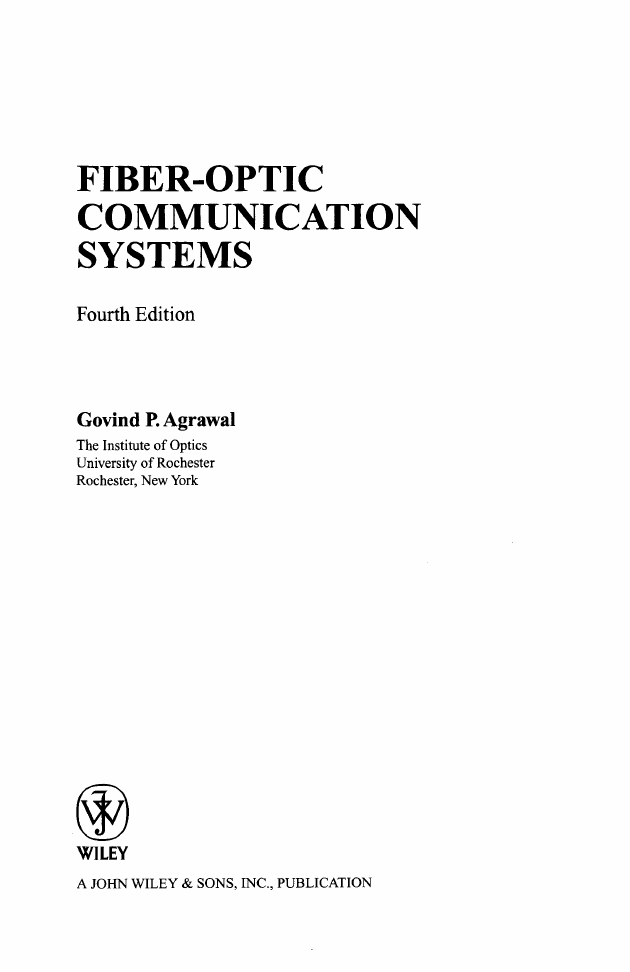

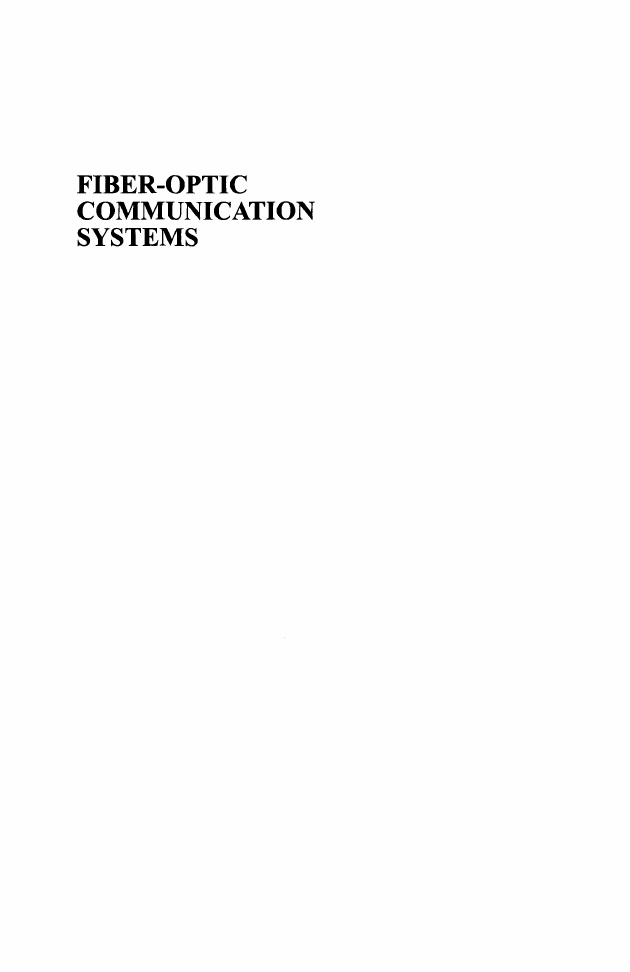
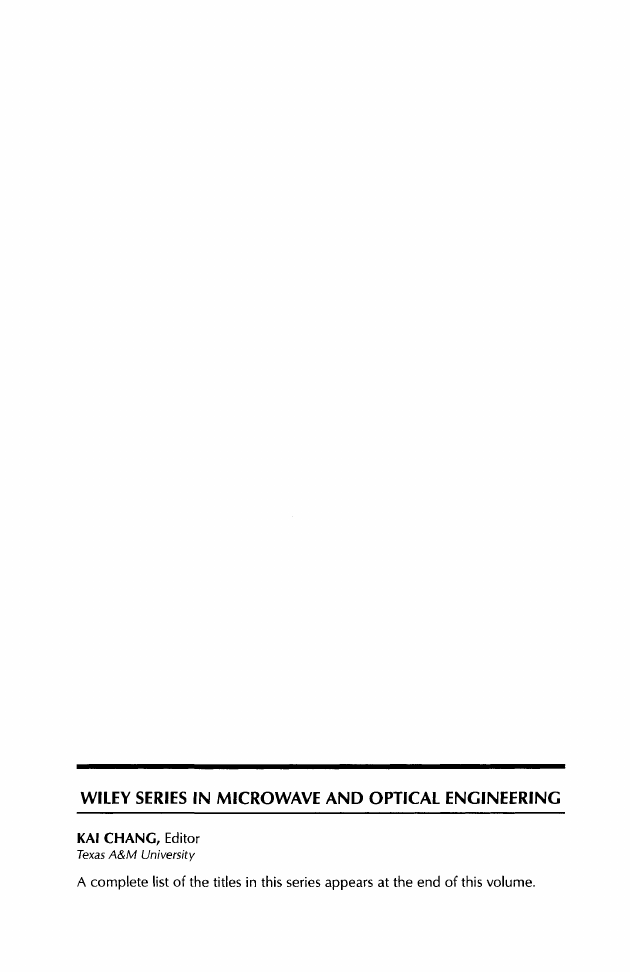
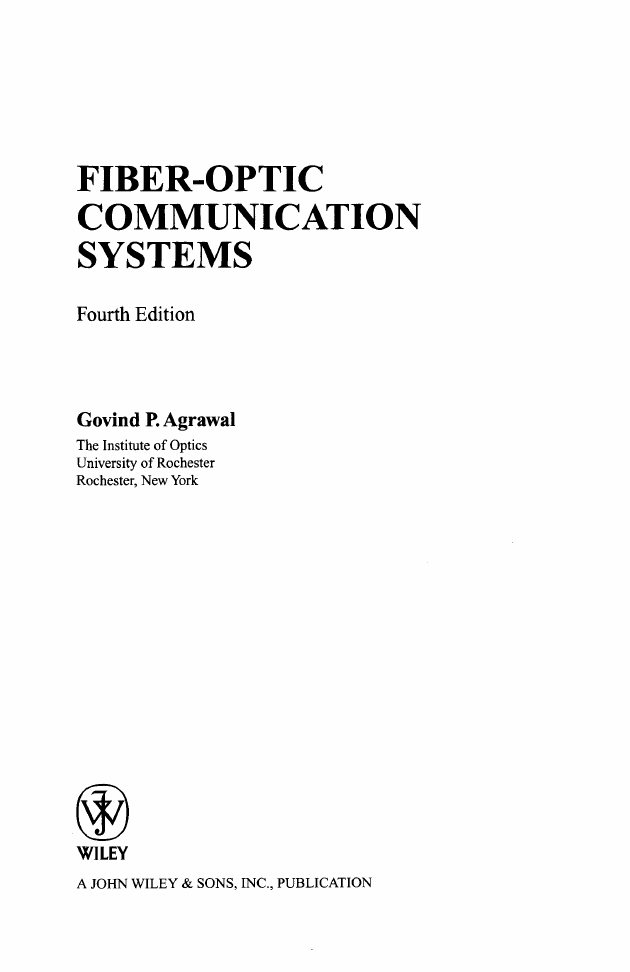
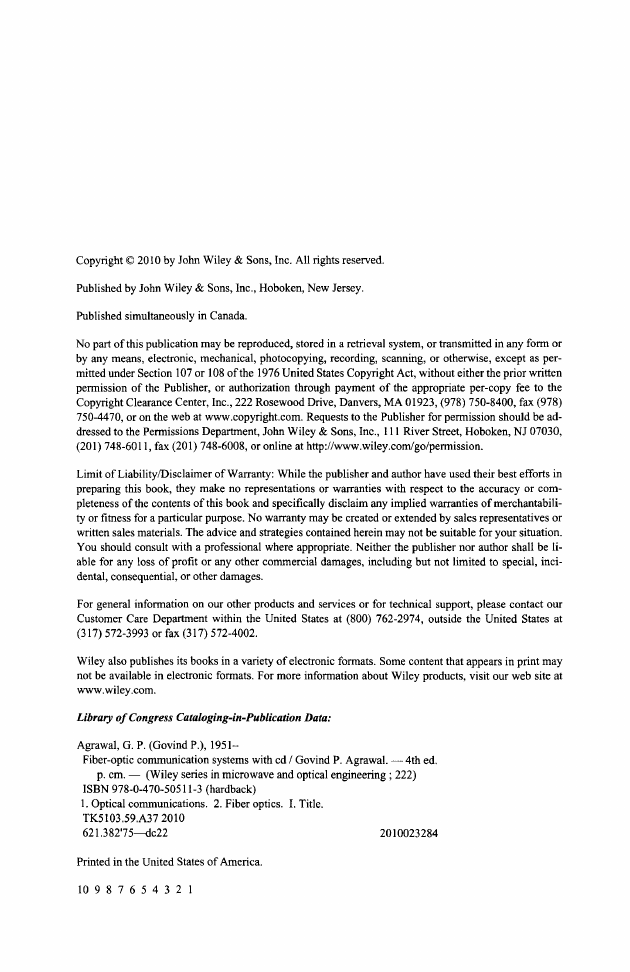










 2023年江西萍乡中考道德与法治真题及答案.doc
2023年江西萍乡中考道德与法治真题及答案.doc 2012年重庆南川中考生物真题及答案.doc
2012年重庆南川中考生物真题及答案.doc 2013年江西师范大学地理学综合及文艺理论基础考研真题.doc
2013年江西师范大学地理学综合及文艺理论基础考研真题.doc 2020年四川甘孜小升初语文真题及答案I卷.doc
2020年四川甘孜小升初语文真题及答案I卷.doc 2020年注册岩土工程师专业基础考试真题及答案.doc
2020年注册岩土工程师专业基础考试真题及答案.doc 2023-2024学年福建省厦门市九年级上学期数学月考试题及答案.doc
2023-2024学年福建省厦门市九年级上学期数学月考试题及答案.doc 2021-2022学年辽宁省沈阳市大东区九年级上学期语文期末试题及答案.doc
2021-2022学年辽宁省沈阳市大东区九年级上学期语文期末试题及答案.doc 2022-2023学年北京东城区初三第一学期物理期末试卷及答案.doc
2022-2023学年北京东城区初三第一学期物理期末试卷及答案.doc 2018上半年江西教师资格初中地理学科知识与教学能力真题及答案.doc
2018上半年江西教师资格初中地理学科知识与教学能力真题及答案.doc 2012年河北国家公务员申论考试真题及答案-省级.doc
2012年河北国家公务员申论考试真题及答案-省级.doc 2020-2021学年江苏省扬州市江都区邵樊片九年级上学期数学第一次质量检测试题及答案.doc
2020-2021学年江苏省扬州市江都区邵樊片九年级上学期数学第一次质量检测试题及答案.doc 2022下半年黑龙江教师资格证中学综合素质真题及答案.doc
2022下半年黑龙江教师资格证中学综合素质真题及答案.doc